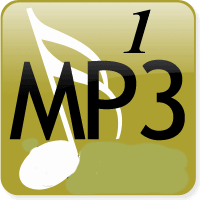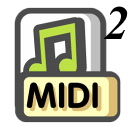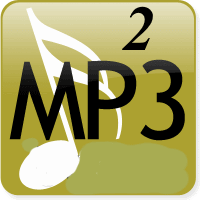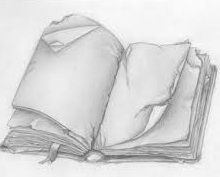ʻAlekoki
Text:: variously attr. to Kalākaua (1836-1891) and Lunalilo (1835-1874)
Tune (earliest): undetermined. Text 1850's
HMA 012
Soundclips, for educational purposes only: click to see if
available (contact me if needed)




1 = (1920s; Noble; King)
2 = 2nd melody: (1940s?-current)
Solfege:
current:
ddmdL, Sdd,dddLSm 1927:
SSF#SF#Sdmd, dTdTddflsm
Score [notation] sources found in (but not limited to)
the following: [if
you have additional information/corrections, do contact me...mahalo]
 Charles E. King
Songs of Hawaii (1942-1950) p.59
Charles E. King
Songs of Hawaii (1942-1950) p.59
Johnny Noble
Royal Collection of Hawaiian Songs
(1929), p.20
Johnny Noble Collection of Ancient
and Modern Hulas (1935, reprinted 1960) p.26
Hayatsu 1974, p.32
Hayatsu 1982, p.9
Hirose 1959, p.10
Cuellar (Warner Bros) 2000, p.154
Alfred 2008, p.154
 Educational score
from research efforts of
Mondoy Music:
Educational score
from research efforts of
Mondoy Music:
contact me via e-mail (click graphic on the LEFT) to
inquire if available for download (for a very small
donation.)
Click here
to see a sample educational score
Notes:
King and Noble notation distantly similar to version sung
nowadays.
ʻAlekoki is often, but not always, performed with a contrasting
melodic pairing. The keys for the two parts are, for example: Andy Cummings (ca.
1955), D and G; Bill Kaʻiwa/Nina Kealiʻiwahamana (2000), G and F; Lorna Lim
(2009), F and G; Hoʻokena (2003), G and C. Other recent arrangements are bolder
about the key contrasts and modulations. Some performances are simpler: Darlene
Ahuna (1996) and Dennis Pavao (1992), among many other, use only the second
melody. Some performers interchange the melodies as they proceed 1 verse at a
time. George Kainapau's (1930s-40s?) jazzy arrangement (not transcribed here)
uses a minor mode kahiko chant to contrast with the second melody, to great
effect. Except for the optional vamp, this edition's transcription loosely
modeled after Hoʻokena (2003). Interestingly, the Hirose transcription of 1959
is identical to Sol Hoʻopiʻi 1928 rendition.
©2017 Mondoy Music All rights
reserved. Used with permission. Do support quality publications of Hawaiian
music by purchasing their books. Mondoy music research scores are for
educational use only, any other use is considered unethical.
If authorized*, you have permission to save this midi/mp3 file to your desktop
for your personal use.
Permission to use / Request to send music
scores: Contact
mondoymusic AT
gmail DOT
com
|| main website: www.mondoymusic.com
Go to Mondoy Music Web Main Index (at the left) for
more options





 Educational score
from research efforts of
Mondoy Music:
Educational score
from research efforts of
Mondoy Music:
